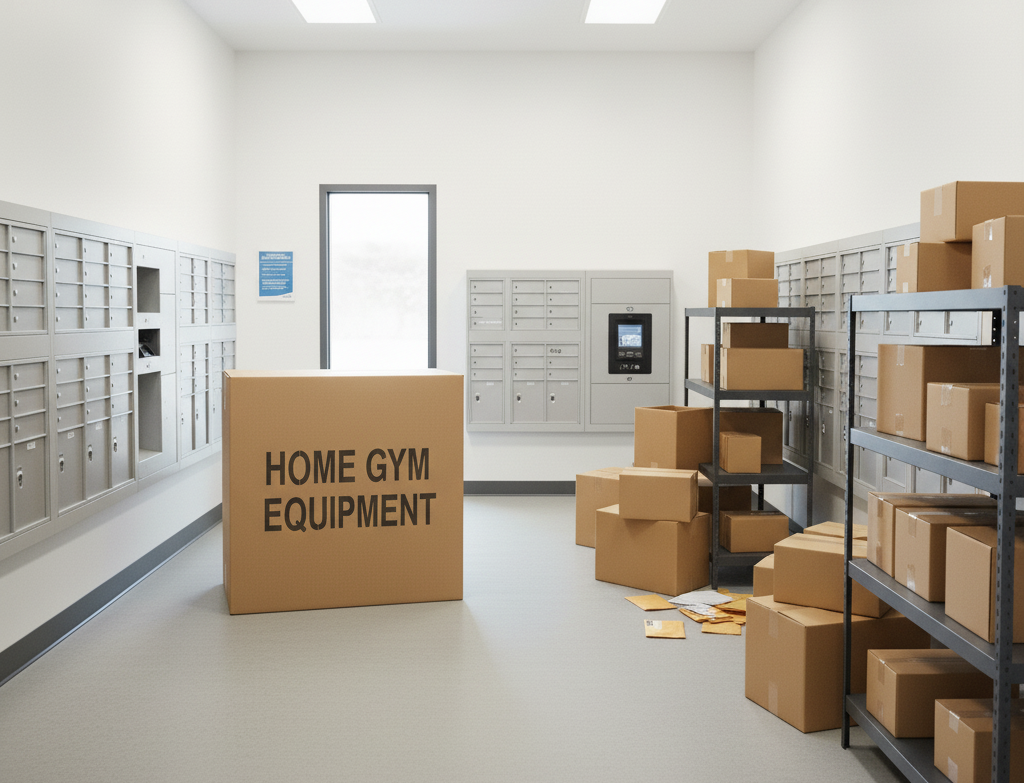How to Modernize Your Corporate Mailroom in 5 Simple Steps
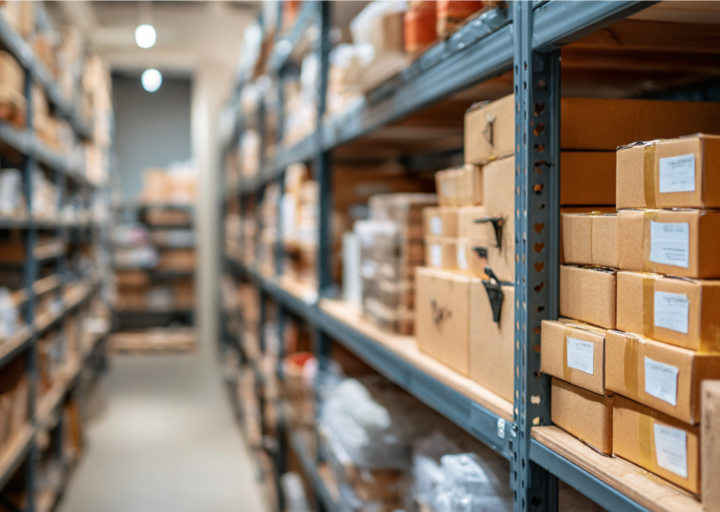
For many, the corporate mailroom conjures images of dusty shelves, mountains of envelopes and packages, and perhaps a friendly face sorting these. However, in today's fast-paced, hybrid work environment, this perception couldn't be further from the truth. The modern office mailroom is an often-overlooked logistics hub. And for many organizations, it’s becoming a critical bottleneck.
E-commerce has reshaped how we receive goods, and the office is no exception. Companies are grappling with a deluge of official packages, personal deliveries, and internal mail that far exceeds the capabilities of traditional systems. This package explosion costs businesses an estimated total of $20 billion annually due to poor mailroom management, as cited by industry reports reflecting data from sources like Statista.
Furthermore, organizations that implement automation report a 60% reduction in processing time, showing the stark contrast between manual and modernized operations. Without intervention, mailroom inefficiencies lead to lost packages, wasted employee time, and a significant drain on resources.
It doesn't have to be this way. By following these five actionable steps, leaders can transform their mailroom into a model of utmost efficiency, security, and a superior staff experience.
Step 1: Audit & Declutter to Know Your Flow
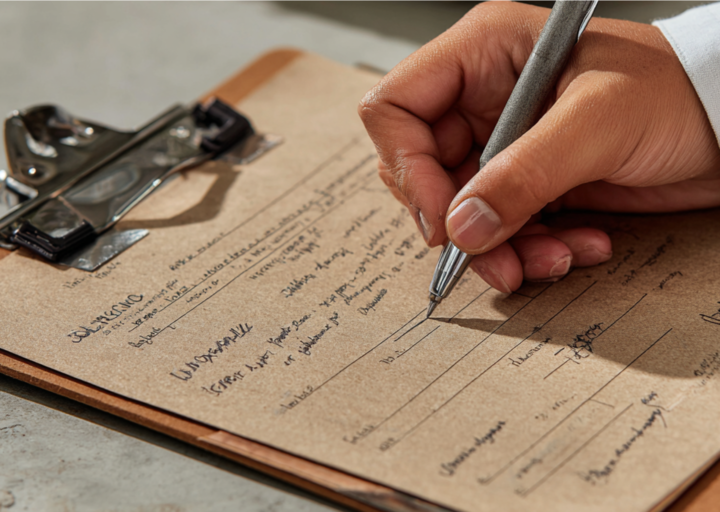
Before you can modernize, you must understand your current state. The first step is a comprehensive audit of your mailroom management operations. Gain data-driven insights into your current flow, bottlenecks, and resource allocation.
Key Actions:
- Track Everything: For one week, meticulously log every single item that enters and leaves the mailroom. This includes letters, official company packages, personal deliveries for employees, inter-office mail, and outgoing shipments. Note the sender, recipient, item type, and the time of arrival. This data will establish your true volume baseline.
- Assess Physical Space: Critically evaluate your mailroom layout. Is it optimized for efficient sorting and storage? Are packages stored securely and accessibly? Are there designated areas for incoming, outgoing, and pending collection? Often, a simple reorganization can significantly improve flow.
- Measure Processing Time: Crucially, determine the average time it takes for an item to go from arrival in the mailroom to being ready for recipient collection or internal delivery. This creates a vital Key Performance Indicator (KPI) that will demonstrate the impact of your modernization efforts.
Understand your current state so you can identify areas of greatest inefficiency and prioritize your modernization efforts effectively.
Step 2: Establish a Clear Package Policy for the Hybrid Office
The rise of hybrid work has introduced new complexities. Employees are not always at their desks, and the influx of personal e-commerce deliveries to the office has become a major disruption. A clear, communicated package policy is essential.
Key Actions:
- Define Scope of Service: Clearly articulate what your mailroom will and will not accept. For example, will it handle oversized personal deliveries, or only official business packages? Setting expectations upfront prevents disputes and reduces mailroom workload.
- Implement Internal SLAs: Establish Service Level Agreements (SLAs) for internal mail distribution. For instance, "All official company mail will be logged and routed to the correct department within 4 business hours of arrival." This provides accountability and clarity for both mailroom staff and recipients.
- Communicate, Communicate, Communicate: Once established, your new policy must be widely and repeatedly communicated to all employees and stakeholders. Use multiple channels: company-wide emails, intranet announcements, and prominent signage in common areas. Make it easily accessible for reference.
A well-defined policy ensures that everyone understands their role and responsibilities, creating a smoother operation and minimizing "where's my package?" inquiries.
Step 3: Digitize the Chain of Custody
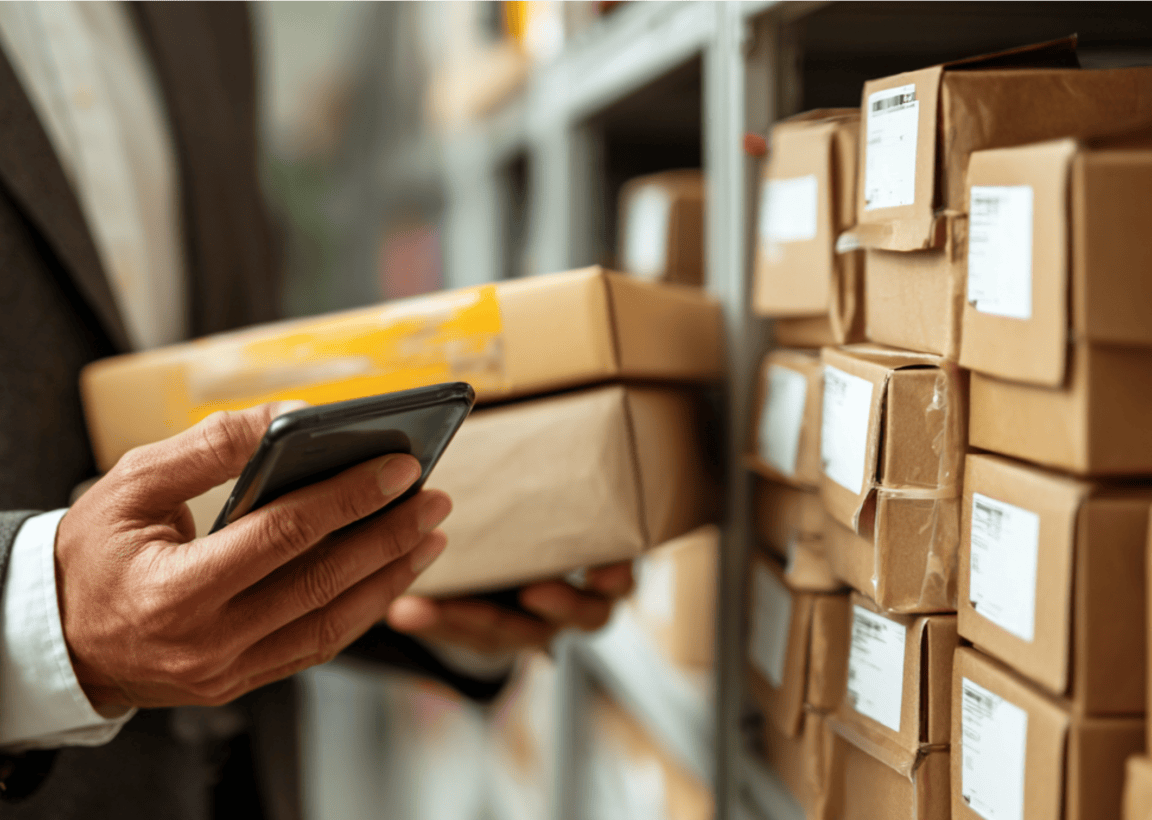
Paper logs and manual spreadsheets are relics of the past. They are prone to errors, difficult to search, and offer no real-time visibility. Embracing digital tools for package logging is the most impactful step you can take.
Key Actions:
- Implement Digital Logging: Every single item that enters your building and is handled by the mailroom should be digitally logged. This means scanning a barcode (or taking a photo and generating a digital label) upon arrival, capturing the sender's details, the recipient's information, and the exact timestamp.
- Capture Digital Proof of Delivery (POD): Replace manual sign-off sheets with digital proof of delivery. This could involve an e-signature captured on a tablet or smartphone, or even a photograph of the package securely delivered to a designated collection point. This creates an indisputable audit trail.
- Automate Recipient Notifications: Eliminate the need for manual emails or phone calls to recipients. A digital system should automatically send instant notifications the moment their package is logged and ready for collection, drastically reducing inquiries and improving turnaround time.
Digitizing your chain of custody provides real-time tracking, enhanced security, and a significant reduction in administrative burden.
Step 4: Streamline Distribution and Collection Points
Centralized mailroom pickup and desk-to-desk delivery are often inefficient. They consume valuable staff time and can lead to bottlenecks. Modern mailrooms leverage distributed and optimized collection strategies.
Key Actions:
- Introduce Smart Lockers or Decentralized Collection: Strategically place secure smart lockers or designated, secure collection points in various areas of your building or campus. This allows recipients to collect packages at their convenience, reducing foot traffic to the main mailroom and distributing the collection load.
- Utilize Mobile Delivery Tools: Equip your mailroom staff with mobile apps that enable them to quickly log deliveries, capture signatures, and update package statuses while on the go. This significantly speeds up internal delivery routes and improves accuracy.
- Analyze Data for Optimization: Utilize the data from your digital tracking system to pinpoint peak collection times, identify popular delivery locations, and pinpoint underutilized collection points. This intelligence helps you further optimize your distribution strategy and adjust staffing or locker placements.
By streamlining distribution, you enhance convenience for recipients and free up mailroom staff to focus on higher-value tasks.
Step 5: Integrate Mailroom Logistics with Facility Tech
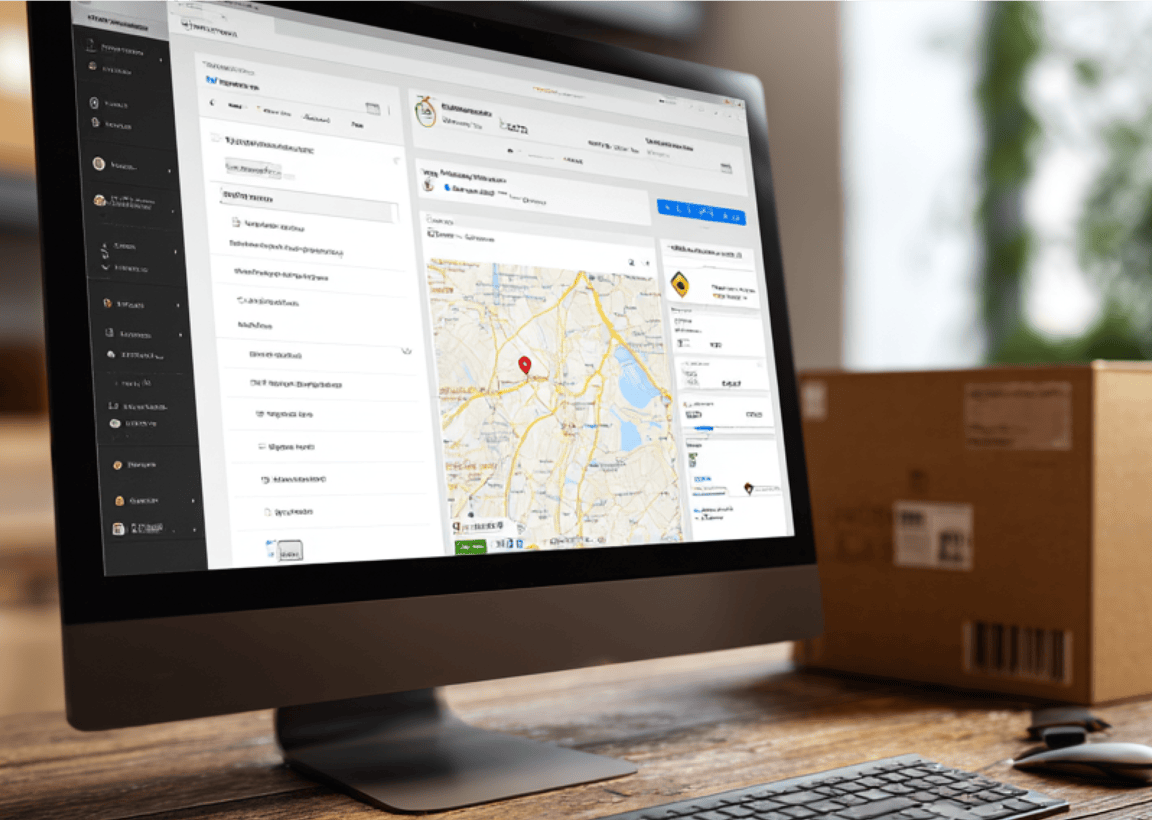
The mailroom should not operate in isolation. For true modernization, its systems should be integrated with your broader facility management and corporate technology ecosystem.
Key Actions:
- User Directory Synchronization: Ensure your mailroom management system can sync with your corporate HR directory (e.g., Active Directory, Workday, or your Property Management System). This automatically keeps recipient information up-to-date, preventing issues with departed employees or departmental changes.
- Reporting and Analytics: Leverage the rich data collected by your digital system. Generate reports on package volume, delivery times, peak hours, and even "missing package" rates. This data is invaluable for justifying budget requests, optimizing staffing levels, and demonstrating the mailroom's efficiency to leadership.
- Future-Proofing for Smart Buildings: Look for solutions that offer integration capabilities with other facility technologies. This could include visitor management systems (for vendor deliveries), security access control (for secure collection points), or building management systems (for environmental controls in storage areas).
Integrating your mailroom logistics transforms it into a measurable, strategic component of your overall smart building and facility operations.
Achieve an Organized and Optimized Office Mailroom
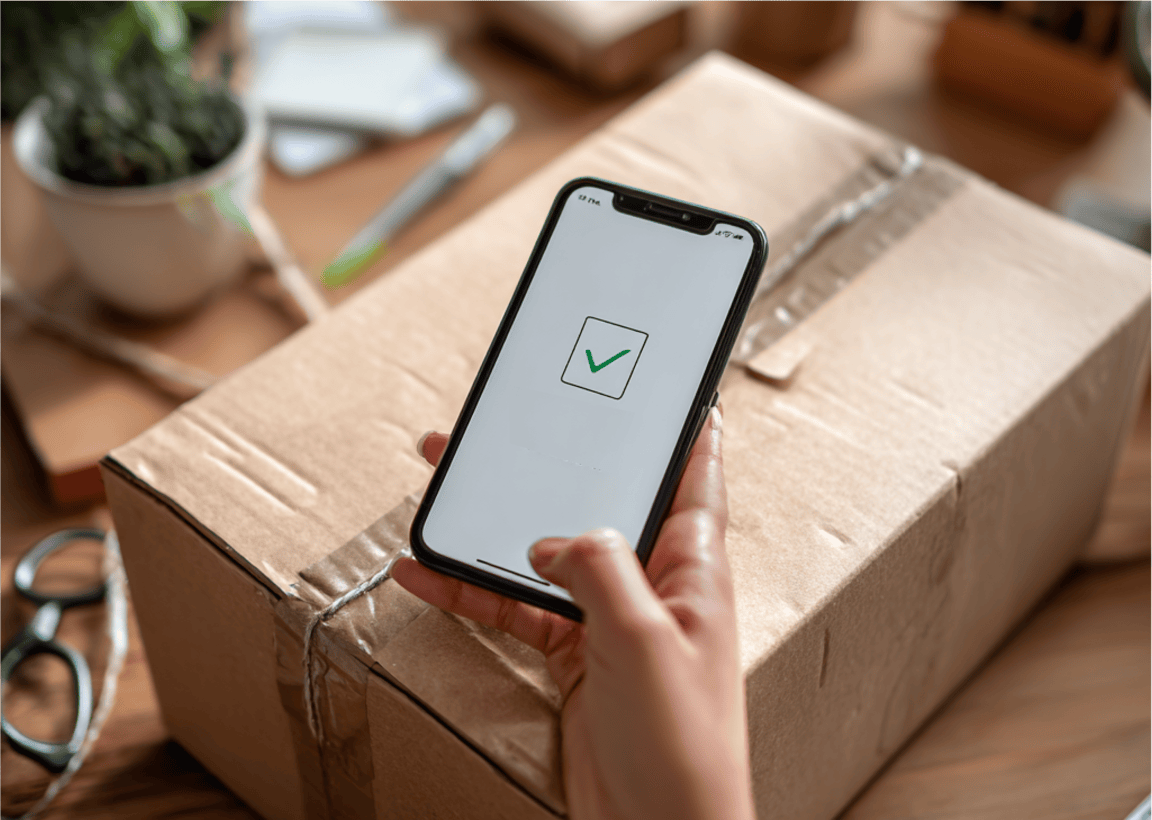
Modernizing your mailroom is more than just improving a back-office function. It involves enhancing efficiency, bolstering security, and improving the experience for every staff or tenant in your building. By auditing your current processes, establishing clear policies, digitizing the chain of custody, streamlining distribution, and integrating with your existing tech, you can overcome the challenges of today's package-heavy world.
To achieve this in your mailroom, you need a solution designed to address the modern logistics challenge, like Parcel Tracker. It offers the simple, mobile-first package logging, automated notification, and audit-ready tracking necessary to implement all five of these steps immediately. Try it for FREE today!




